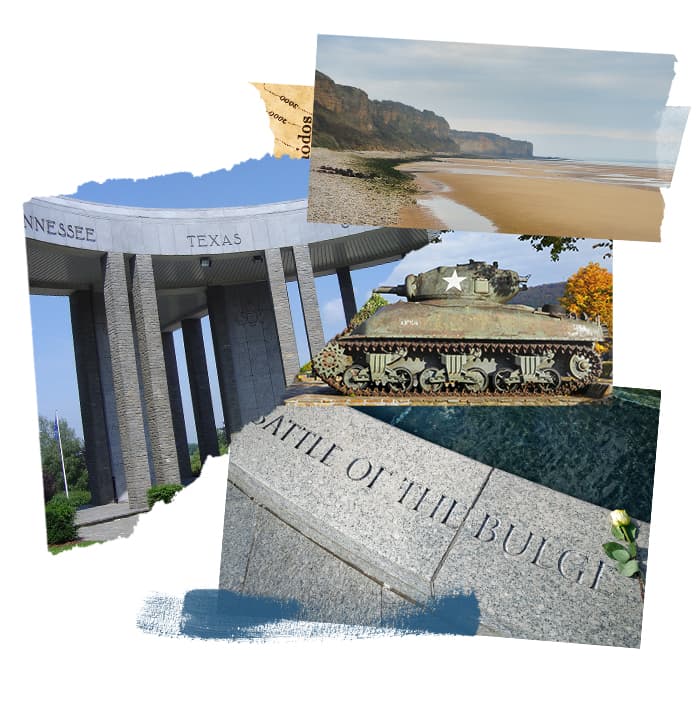We all recognize the red poppy as the symbol of Remembrance Day. We wear them over our hearts to commemorate the contributions made by the brave Canadians who have served our country and who continue to serve today. But did you know that there are other flowers that can play a role in reminding us of important moments in our history? Veterans Affairs Canada came up with a short list of flowers that are symbolic of the emotions that represent what Remembrance Day is all about.
Forget Me Not: 5 Flowers That Help Us Remember
)
)
)
)
)
)


